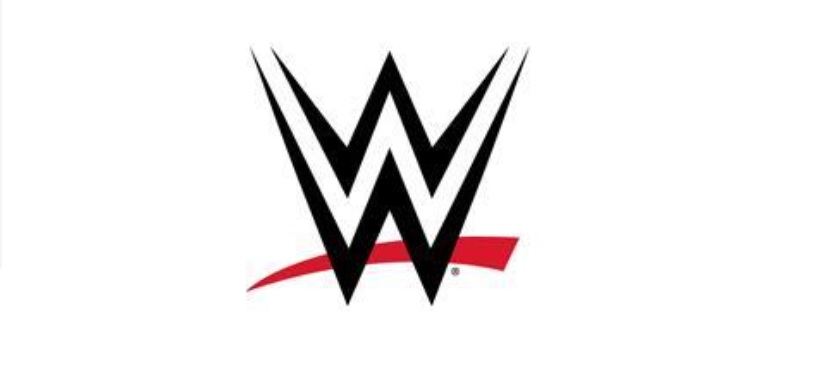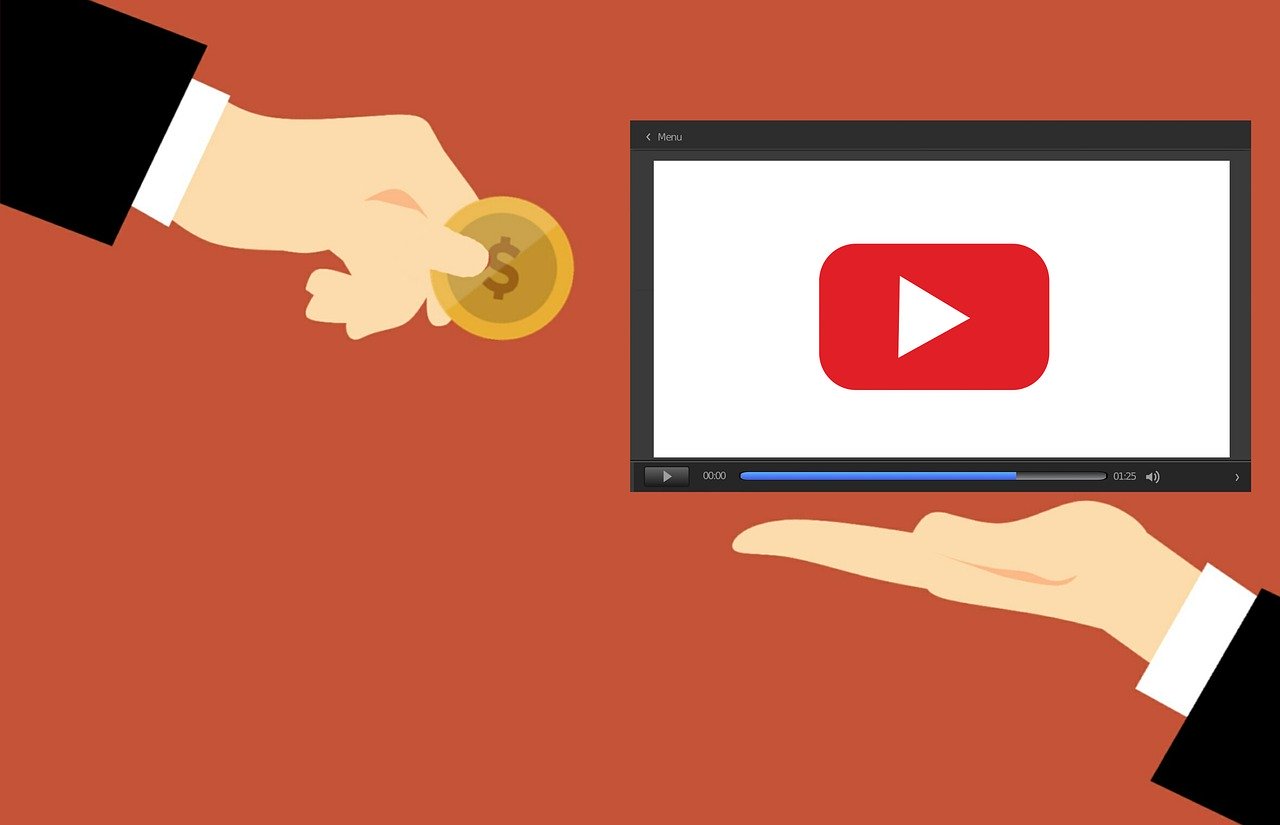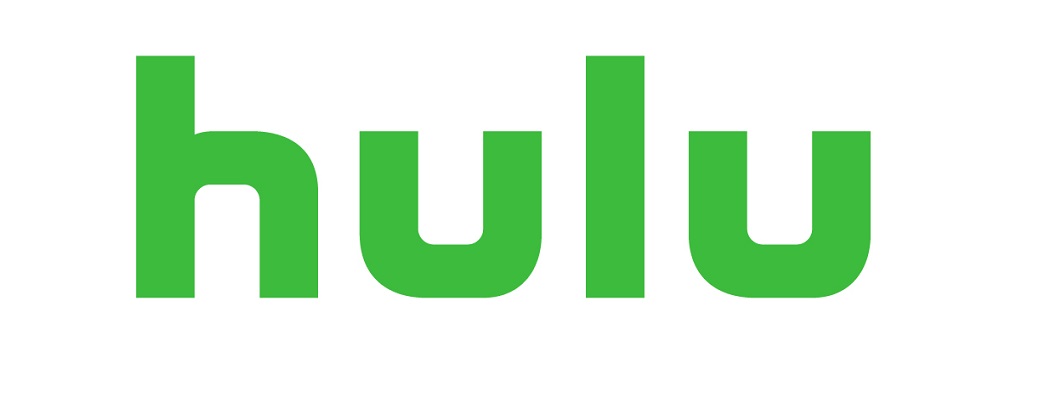What is cord cutting? There is a lot of misunderstanding as to what it is because right now it is still small compared to the way we have been watching TV for a few generations. Let’s clear up the confusion a bit.
Cord cutting, when it comes to TV is when people who have traditional cable or satellite TV packages decide to walk cancel their TV service and rely on various other means to get their entertainment. How do they do this? It’s simple and complicated.
The first thing that anyone who wants to cut pay TV should do is see what channels they can get with an antenna. There is really no telling what you will get. How many channels one can get is so dependent on the location and the strength of the antenna. While there is a wide range of results using antennas with people in some markets reporting 50 channels and more while others can pull in 4, again due to some of the numerous issues we just covered, the most important thing is that you get networks with things you want. If your favorite TV channels are major broadcast networks your whole changeover can be done. Many of the top shows on TV are based from Networks like CBS, ABC, NBC and Fox. There are a vast number of other networks available over the air with a lot of niche content from older movies, TV shows from the 70’s science fiction and more.
Is there DVR for Cord Cutters?
Yes. There are two major brands of DVRs that are made specifically with cord cutters in mind starting with TiVo. The household name in DVR’s has a DVR made just to work with over the air TV that can record shows and make them available on multiple devices for later viewing. Another big player in DVR technology for cord cutters is Tablo. Tablo has been on the scene for a few years now. Both products are well-regarded and offer paid plans that will allow users to add as much functionality as they need to set recordings and view them later.
Is Cord Cutting Really Cheaper Than Having Cable?
Yes. There is a lot of misinformation about internet prices being affected by whether one has cable or not. This confusion comes from comparing the cost of Internet bundled with cable during into offers to the price of Internet access without the itro offer bundle. Most cable companies will give you Internet, cable and digital phone for about $100.00 per month to start. After introductory periods end though, they make their money back. The problem for most people that try to research this for stories is that the companies never provide a realistic bill as an example of what happens when the introductory period is over so instead, it has been reported again and again that having pay TV, Internet and phone (which should cost nothing anyway), is far cheaper than just paying for the Internet. Do this. Look at your bill. If you are a long time customer look at the cost of your TV service and look at the cost of your internet separately. Subtract the TV service and that is what you will likely pay. One way that people seem to justify the idea that not having cable is more expensive than having it is by piling up the bills for every streaming service available together and saying wow that’s just like a cable bill. Here is a little advice. Don’t sign up for a dozen services.
What about options besides Antennas? Streaming boxes
While some people who don’t have pay TV do not own TV’s anyone who has pay TV probably does. An easy way to start a transition from cable or satellite is to get a streaming device that accesses the Internet in order to deliver entertainment. The streaming set-top box market has matured very much in the past few years and has four major entries. Roku, Amazon Fire TV, Android TV and Apple TV. All of them provide users with great free and paid streaming apps. The differences are numerous but which one you should get comes down to whether you want very specific features. Amazon Fire TV, for instance, has Alexa (Amazon’s voice assistant) built in. It will talk back to you audibly which is pretty cool. It is set up through to market Amazon content over all others. Apple TV integrates your Apple based media beautifully if you have it and is the only platform that provides access to iTunes music and video. It is integrated with Siri but is not yet as fully realized as the Fire TV. A very nice feature of Apple TV is that IOS devices can very easily share screens with the Apple TV. Android TV boxes are less well known but not lacking in flair. The system supports the vast majority of streaming apps and will allow users to send video and audio from thousands of compatible apps to their TV’s using what is called “Google Cast”. And finally, there is Roku. Roku has multiple models at different price points, features a voice search, and like the rest thousands of apps. The biggest difference between Roku and the others is that it does not push any given video platform over others. This means that aside from iTunes Roku can offer every on-demand video platform app available. Each system has its own learning curve.
Cable replacements
There is a growing market for services that mimic pay TV. They include Sling TV (which is owned by Dish), DirecTV Stream (Which is owned by AT&T), and Hulu With Live TV (Which is owned by Disney and Comcast. There are some other smaller and more limited services out there but at the moment these are the major players with the most mature support system and apps on the most set-top boxes. They are all subscription services but are contract free and in general far cheaper than traditional pay TV at the intro level. Where you can run into trouble is if you begin to pile up packages. In some markets, though even the biggest packages are considerably less expensive. What you can do though is explore plans and see what works for you.
Conclusion
So here is how it stands. You can cut off pay TV at the source and watch whatever you can get for just free. You can invest in streaming boxes and services like Hulu or just watch what is available on things like Amazon Video or Netflix if you just need background noise. But just understand that things will be a bit different.





